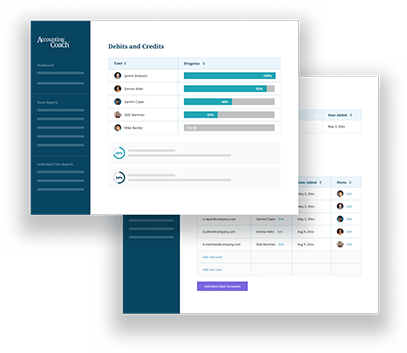Definition of Direct Materials Variances
Direct materials variances (pertaining to standard costing) commonly consist of two variances:
- Materials Purchase Price Variance which reports the difference between the actual cost per unit (pounds, gallons, etc.) and the standard cost per unit
- Materials Usage or Quantity Variance which reports the difference between the actual quantity of the materials used and the standard quantity of the materials that should have been used to make the goods output
Definition of Direct Labor Variances
Direct labor variances often consist of two parts:
- Direct Labor Rate Variance which reports the difference between the actual pay rate and the standard pay rate
- Direct Labor Efficiency Variance which reports the difference between the actual hours of direct labor and the standard hours of labor for making the good output
Example of Relationship Between Direct Materials Variances and Direct Labor Variances
There can be a connection between the direct materials variances and the direct labor variances (as well as with other variances).
For example, assume a company purchases a lower costing material in order to achieve a favorable materials price variance. If these materials have some negative qualities, it may lead to an unfavorable materials usage variance. If the materials’ negative qualities cause additional direct labor hours, an unfavorable direct labor efficiency variance will result. If the materials required using more experienced labor, it is possible that a labor rate variance will also occur.
The above situation can also extend to the overhead variances. If more electricity and supplies had to be used because of the lesser quality of materials, this can also mean an unfavorable variable overhead efficiency variance. If the volume of output is curtailed by the quality of the materials, there could possibly be a fixed overhead volume variance.
Companies should have specifications for its materials in order to prevent the above situation from occurring.




